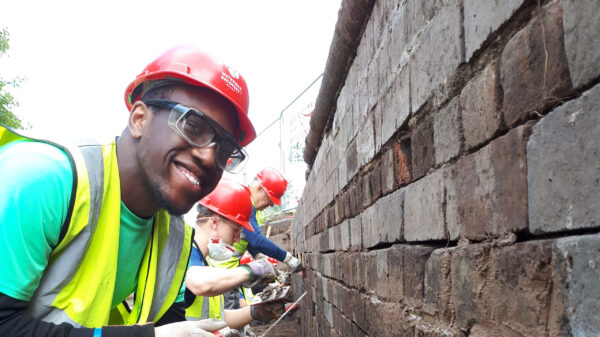Construction, Decline and Restoration
The Swansea Canal was built by the Swansea Canal Navigation Company between 1794 and 1798, and ran from Hen-hoydd near Ystradgynlais to Swansea’s North Dock Tidal Basin. The canal was an instant success, transporting materials from mines and quarries to the sea, and remained prosperous until the 1880s, when the Grand Western Railway bought the canal company. Initially the rail company promoted use of the canal, as it did not own the nearby rail line, but traffic dwindled away and by the turn of the century only the lower six miles were in regular use. When the railways were nationalised in 1948, the Canal came under public ownership and was transferred to British Waterways in 1962, by which time only 5 miles remained in water.
Swansea Canal Society, formed in 1982, now promotes the canal for full restoration. Volunteers are working to bring Ynysmeudwy and Trebanos locks back to life, alongside the buried lock at Pontardawe.
IWA awarded £20,000 to the Swansea Canal Society’s Coed Gwilym Park Slipway Project as part of IWA’s Waterways in Progress Grants in 2019.


